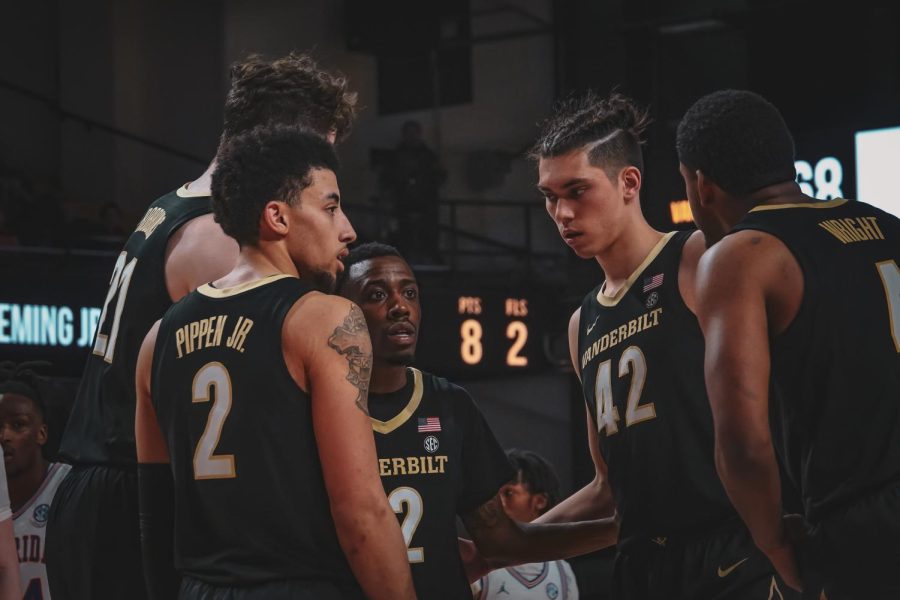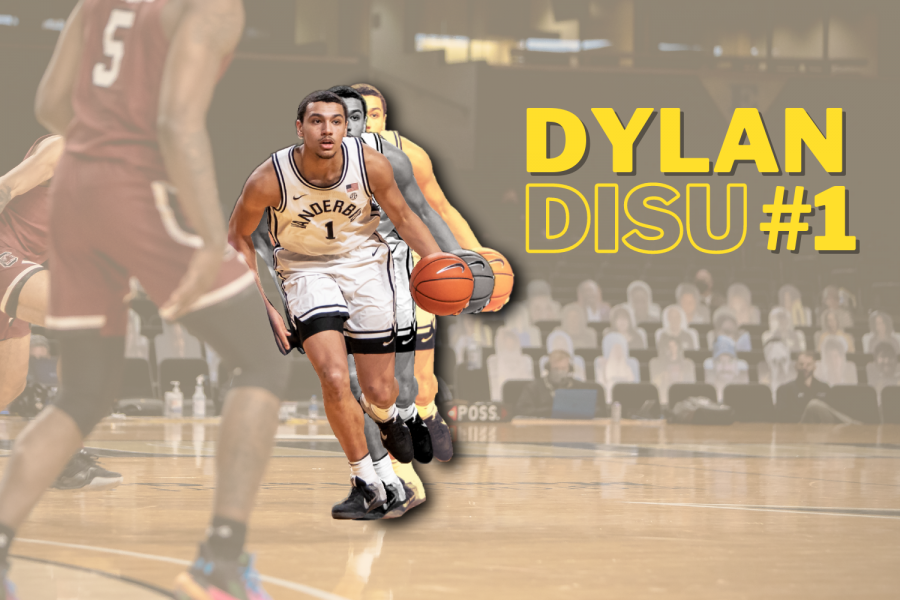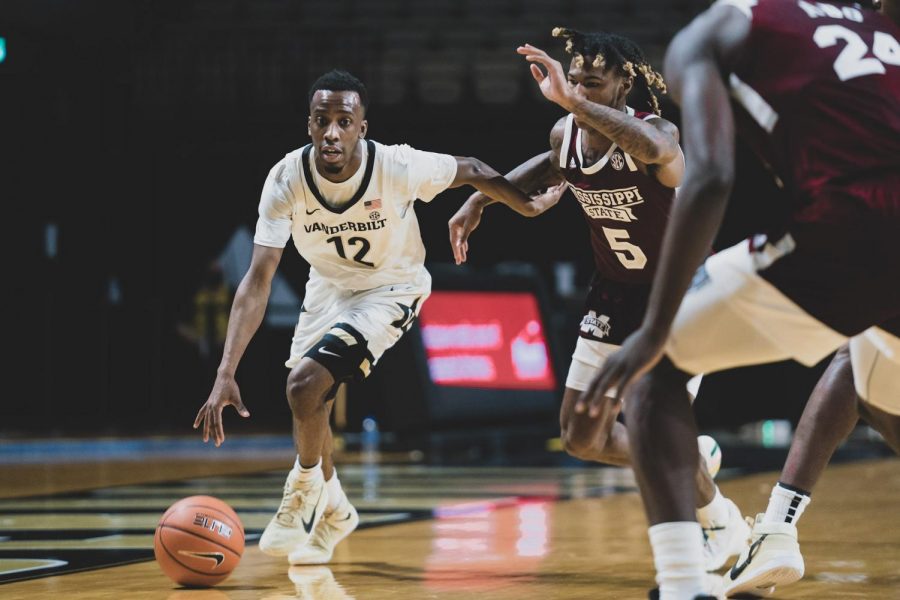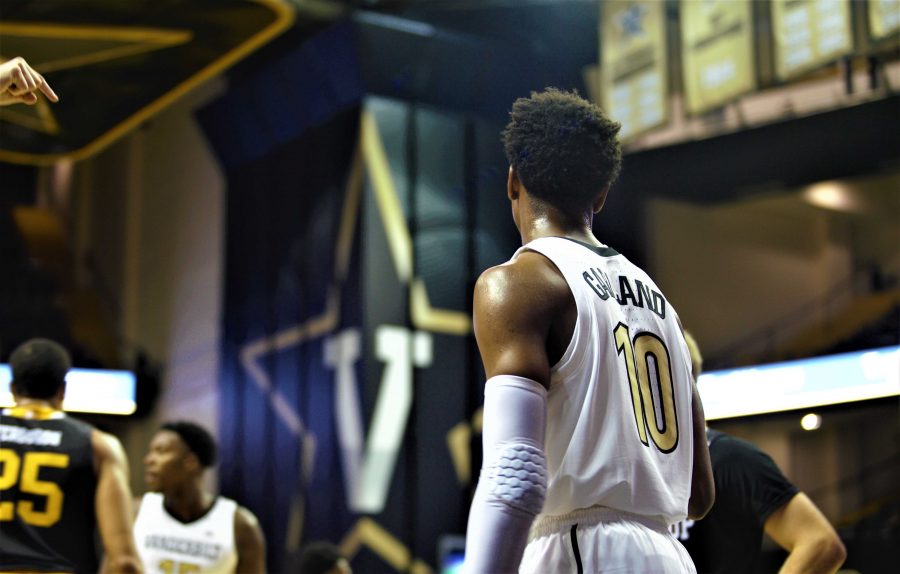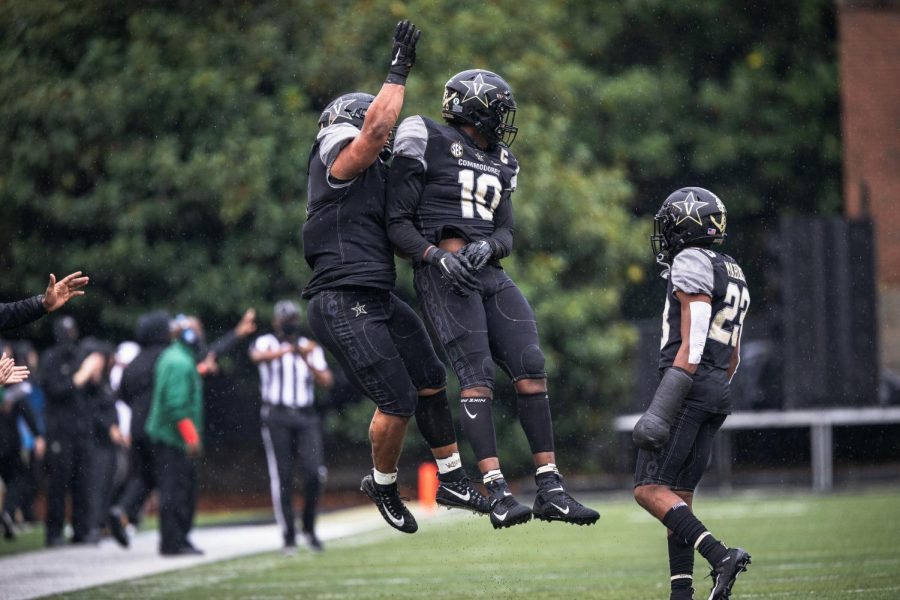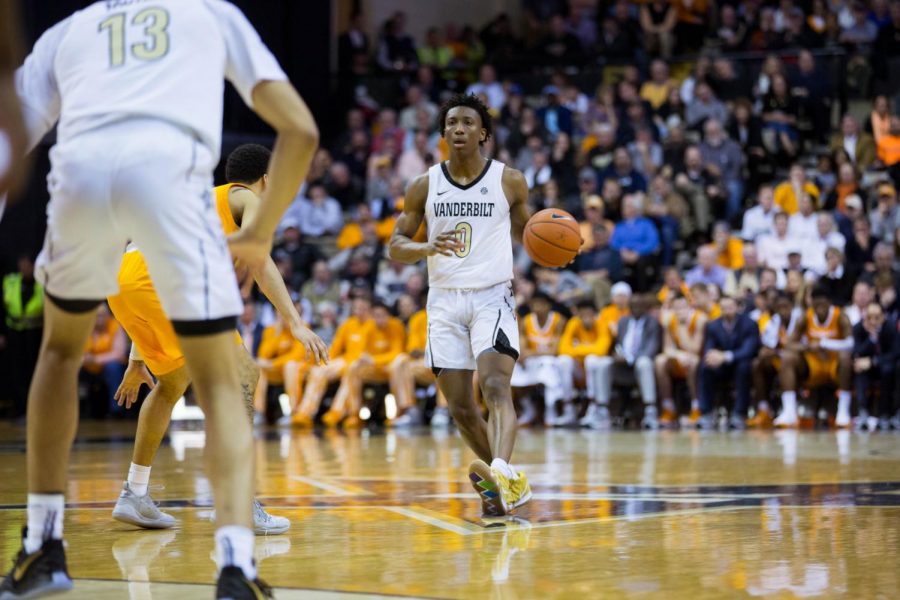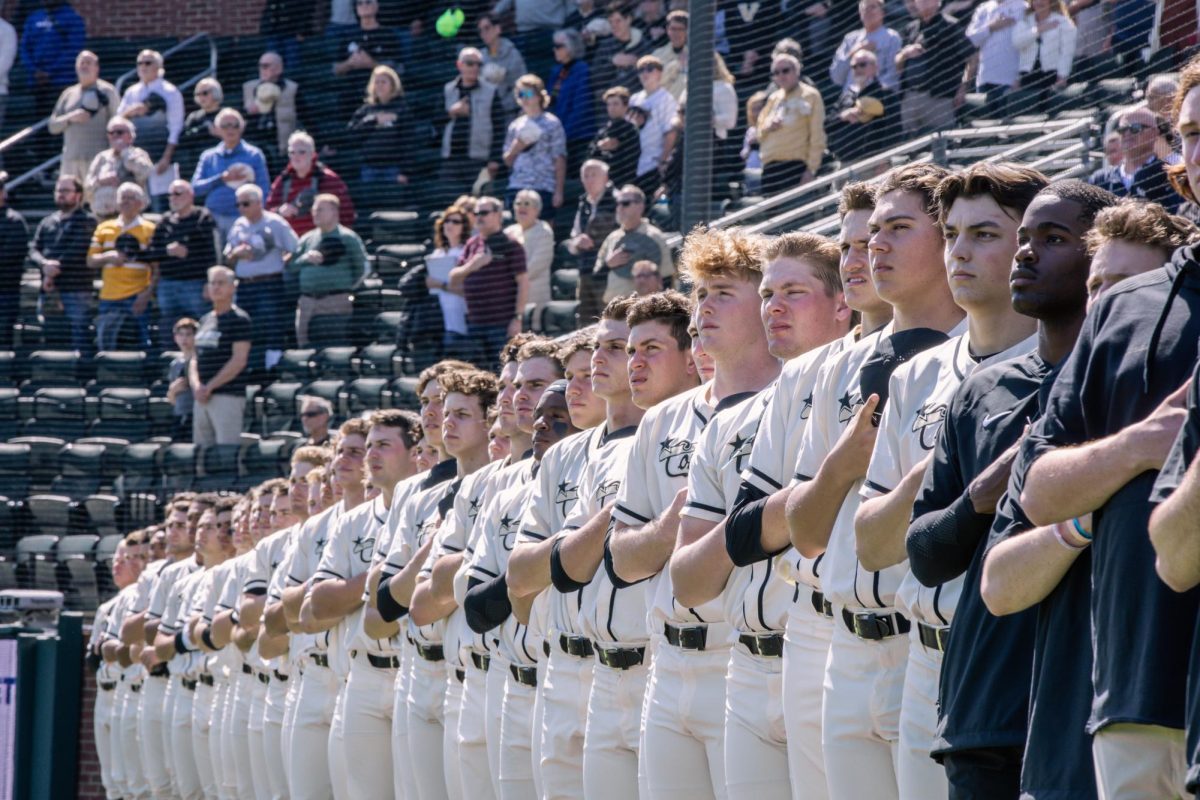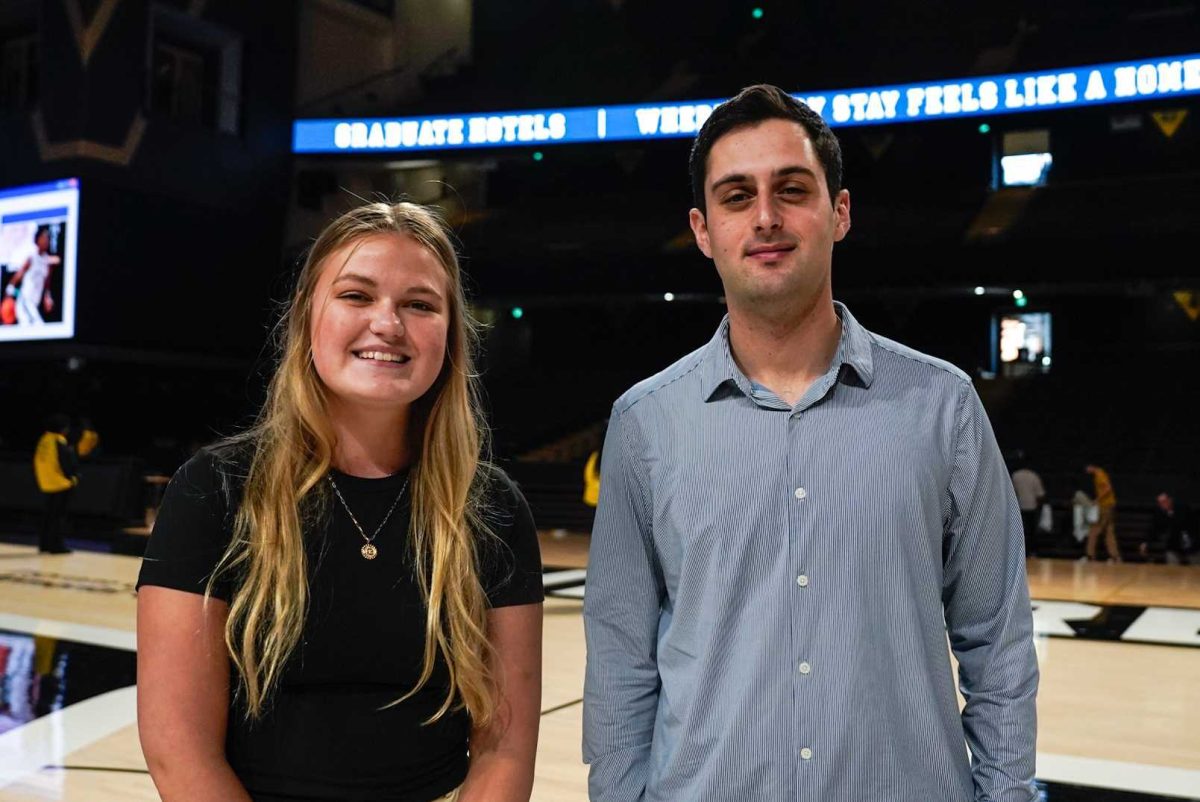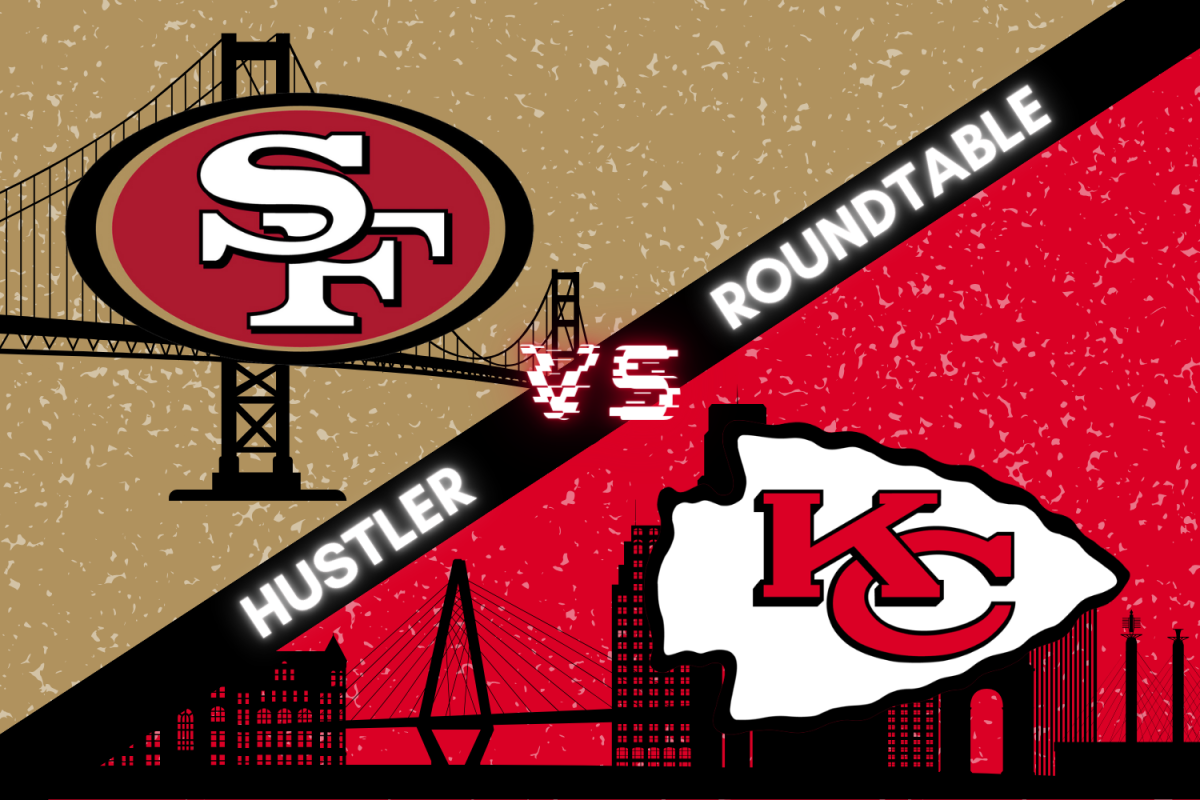When Darius Garland announced that he was going to play for Vanderbilt, Commodore fans celebrated knowing the Brentwood Academy star was keeping his talents in Nashville. Expectations immediately rose as the hometown hero became the prized recruit of what was the greatest recruiting class in school history. Coach Bryce Drew even called Garland “a program changer” before the season started.
All signs pointed towards Vanderbilt basketball having a historic season, until the infamous Kent State game. In that game, the fifth of the season, Garland suffered a tear in his meniscus, which forced him to miss the rest of the year. Just a few weeks later, Garland left school to focus on his recovery and on improving for the draft. Even though the 6’2 point guard always expected to leave after his first season, he certainly would have liked the season to have gone differently. Now Garland is looking to prove that he is ready for the league.
Here’s a breakdown of his draft prospects and NBA potential.
By the Numbers
- 16.2 points per game, tied for 5th in the SEC (min. 5 games)
- 3.8 rebounds per game, 3rd on the team
- 2.6 assists per game, 2nd on the team
- 53.7% from the field, 3rd in the SEC
- 47.8% from the three-point line, 1st in the SEC
- 0.8 steals per game, 2nd on the team
- 5 games played
Measurables
Garland does not have official draft measurements, as he did not participate in this part of the draft combine. While he actually did attend the combine in Chicago, he left early, leading many analysts to believe that he was promised by a team to be drafted in the early part of the lottery. The following measurements come from the 2018 Nike Hoop Summit, though some sites and analysts currently list him an inch taller and/or a few pounds lighter.
Height without shoes – 6’0.5”, with shoes 6’2”, standing reach 8’1”
Standing at 6’2”, Garland could be considered slightly undersized for an NBA point guard, and when comparing him to this year’s PG/SG crop at the combine, this rings true. Even though being the shortest player on the court will certainly limit him at times, many elite point guards, especially ball dominant guards such as Steph Curry, Kyrie Irving, Damian Lillard, are only about an inch taller. Others, like Trae Young and Kemba Walker, are Garland’s height or shorter.
Weight – 175lbs
In addition to being one of the shorter guards in the draft, Garland is also one of the lightest. This helps his quickness and explosiveness, but it will hinder him in other areas until he puts on weight. On offense, becoming stronger would help Garland with his finishing near the rim and it would help him withstand contact better from NBA big men. On defense, Garland’s light frame will leave him prone to being pushed around and dominated by larger guards and forwards.
Wingspan – 6’5”
Though Garland’s wingspan is also slightly below average, it being 3 inches longer than his height is certainly a plus. The emphasis on length has grown the past few years in the league and while Garland’s wingspan is not ideal, it isn’t enough to be considered a weakness.
Impact at Vanderbilt
Darius Garland might be the most talented player to ever suit up for the black and gold. Unfortunately for Commodore fans, his Vandy career lasted only five games, and because of that, he is arguably the school’s most complex legend.
As the greatest recruit in school history (until Simi Shittu signed), Garland was expected to usher in and establish a new era under then head coach Bryce Drew. Not only was he a highlight reel player that would attract fans, but he was also a local star who won the Tennessee High School State Title four times. Shittu may have been ranked a couple spots higher, but Commodore fans saw Garland as their chosen one.
He was supposed to bring back Memorial Magic, and for a few weeks, he did. Attendance was up and there was a genuine buzz on campus and in the city. Unfortunately, the hype surrounding the team and season disappeared once Garland was declared out.
For a long time, Darius Garland will remind Commodore fans of what could have been. The season was arguably the worst in school history, and everyone who followed the team knows things would have been better with Garland – “This team was built for Darius Garland”, said Drew over a month after the injury; but no one will ever know just how much better.
What Sets Him Apart
In this year’s draft, many scouts and analysts believe that after Zion Williamson, Ja Morant, and RJ Barrett, there is a drop-off in talent. While this next tier of prospects has several players that will become solid NBA players, Darius Garland is the one with the most potential to outdo those expectations and reach all-star status.
As a scorer, Garland’s playing style fits perfectly with today’s NBA. He is a top-level three-point shooter, as evidenced by his 47.8% shooting from three in college and his elite numbers from beyond the arc throughout his high school career. More importantly, he’s a three-point threat off-the-dribble. In today’s NBA, guards who can efficiently pull up from three and the midrange are extremely coveted. “Darius’s ability to make shots with range will translate Day 1” Drew tweeted back in April. Gone are the days where point guards simply passed the ball and ran the offense. Point guards need to score, and most of the top tier ones have the ability to shoot from anywhere.
Garland’s also a great off-the-catch shooter. This is crucial as it creates a scoring even without the ball in his hands. In a league where teams and coaches try to space the floor out as much as possible, Garland will help any team do that just by being a threat.
Another special aspect about Garland is his ball-handling and driving ability. Garland was one of the best ball-handlers in college and has some of the fastest hands in the draft. Combining those skills with his quick feet, Garland is elusive and very much able to get by any defender in front of him. This ability to drive past his defender and create easier shots for himself and for his teammates highlights Garland’s playmaking ability and will make him valuable to any offense.
Impressively, Garland’s already an expert conductor of the pick-and-roll, which is an essential play in the league. Every elite point guard knows how to shoot out of it, attack the rim with it, and pass out of it, and so does Garland.
When searching for a franchise point guard, coaches, general managers, and owners look for players who can lead, and Garland fits the bill. Throughout his career, coaches and teammates have praised his positive attitude and work ethic. On the court, he always has a calm and poised attitude that helps him run the team. Even in the most stressful moments, he never loses his composure, which will certainly inspire confidence in his future teammates.
Needs to Improve:
Even the best prospects have varied weaknesses, and Darius Garland is no exception.
For all his scoring prowess from the perimeter, his interior scoring is currently not on par. Garland is a solid finisher around the rim, but when well guarded, especially by a larger player, he struggles. His wiry frame is not ideal for fighting through contact and/or receiving foul calls. Adding several pounds of muscle is something he can and should do to help him absorb contact when attacking bigger players.
The defensive end, however, is where Garland needs to improve the most. Thanks to his lightning quick hands and basketball instincts, Garland’s on-ball defense was respectable in high school and college. But in the NBA, the point guards he will defend are much more skilled and athletic than the ones he has faced, so it will be interesting to see if he will be able to adapt. Also, due to his size, Garland will very likely struggle when having to defend larger shooting guards and forwards in the league who will simply be able to outmuscle him.
He also has room to improve in his decision-making. Chalk this up to small sample size, but Garland finished with more turnovers than assists during his short tenure with Vanderbilt. He is still likely the best passer in this class, but he’s also a guy who will turn the ball over a fair amount.
Darius Garland is not a perfect prospect, but whichever team picks him will have a point guard with fixable flaws that should improve as he matures as a player.
NBA Comparison
There is no one player in the league that Darius Garland can be adequately compared to, instead there is a group. Currently, the NBA is in what some consider the “golden age” of point guards, and many of the PGs at the top play a similar style. Damian Lillard, Kyrie Irving, and Steph Curry are electric playmakers with dazzling handles who can pull up from literally anywhere in the half court, and they are arguably the three best point guards in the NBA. Darius Garland fits this mold.
Obviously, reaching that level is a best case scenario for Garland; those three are incredible players and are all likely future hall of famers. But you can see shades of them in Garland, and he does compare to them in measurements (chart below) and play style.
| Height with shoes | Weight (lbs) | Wingspan | |
| Garland | 6’2” | 175 | 6’5” |
| Lillard | 6’2.75” | 188.8 | 6’7.75” |
| Irving | 6’3.5” | 191 | 6’4” |
| Curry | 6’3.25” | 181 | 6’3.5” |
When comparing the four PGs to most NBA players, they are all smaller and lighter. This disadvantage means that they need to be quicker, smarter, and better shooters than the other players on the court in order to succeed. That is why all three guards have elite ballhandling, make passes most players cannot, and are some of the best off-the-dribble shooters in the league. This is the style that Garland tries to replicate.
Playing this way is how Garland managed to average 19.8-4.8-3.3 on 47.8% shooting from three and 52.8% overall in the four complete games he played. The chart below shows how Lillard, Irving, and Curry all had eerily similar college numbers to Garland.
| Points per game | Assists per game | Rebounds per game | Steals per game | FG% | 3FG% | |
| Garland | 19.8 | 3.3 | 4.8 | 1.0 | 47.8 | 52.8 |
| Lillard | 18.6 | 3.5 | 4.3 | 1.2 | 44.6 | 39.0 |
| Irving | 17.5 | 4.3 | 3.4 | 1.5 | 52.9 | 46.2 |
| Curry | 25.3 | 3.7 | 4.5 | 2.1 | 46.7 | 41.2 |
Of course, these players represent the best possible outcome for Garland. More realistic comparisons for him are players like DJ Augustin and Jeff Teague. While neither of the two ever reached top-tier point guard status, they have both had lengthy careers and consistently been starters or crucial role players on their teams. Augustin, in particular, is a very good shooter both off the dribble and off the catch, and can use his shiftiness to navigate the pick-and-roll while getting inside for floaters. Teague presents similar strengths in the pick-and-roll game, while thriving in the open floor thanks to his elite speed and court vision. Neither have been particular strong on the defensive side of the ball, and came into the NBA with smaller frames, but both have carved out starting rolls for the better part of the past decade.
While Garland is a better prospect than both Teague and Augustin were, it is a possibility that his skills do not have the same success for him in the NBA as they did at Vandy. If Garland’s abilities do not translate as expected to the league, he will still probably be a solid game manager who should have a long career in the league.
Who’s Interested:
There is little official information available on which teams are interested in Darius Garland. He went to the draft combine, but departed early and did not get measured nor participate in any drills. Many insiders have reported that teams believe an unidentified team in the early lottery promised the Vanderbilt guard that they would draft him. There are no reports of him working out with any team, though Garland did post a video of him privately training in Los Angeles. Most experts believed he would be drafted by the Los Angeles Lakers with the #4 pick, but they just traded that pick away to the New Orleans Pelicans, who have two above average PGs. It is now very likely that Garland will be taken in the #5 to #7 range as all the teams make sense as landing spots.
At #5, the Cleveland Cavaliers have many needs and will consider selecting him. Even though they drafted Colin Sexton last year, it is unknown how high they are on him being their point guard of the future.
With the #6 pick, the Phoenix Suns could take Garland as they have been looking for a scoring PG to share ballhandling duties with Devin Booker.
The Chicago Bulls at #7 are another real possibility for Garland. He would probably be the best player available at this point, and the Bulls are seeking a PG that can play well with their young big men.
Jaime’s Prediction: Phoenix Suns (1st Round, Pick #6)
If it weren’t for Anthony Davis, Darius Garland likely would have been a Laker. Instead, Garland is going to head to the desert and play for the Suns. For over two years, Devin Booker has carried a huge load for Phoenix as he is by far their best scorer and passer. The team has been looking for another guard who can create shots for himself and for others to ease Booker’s burden; this is where Garland comes in. From day one, the former Vanderbilt guard will share ball-handling duties with Booker and will be asked to score and dish. These two can easily play off one another as they are also great off-the-catch shooters and they have the potential to become one of the more dynamic offensive duos in the league. With Garland, Booker, and last year’s first pick Deandre Ayton, the Phoenix Suns will have a solid foundation to build upon.


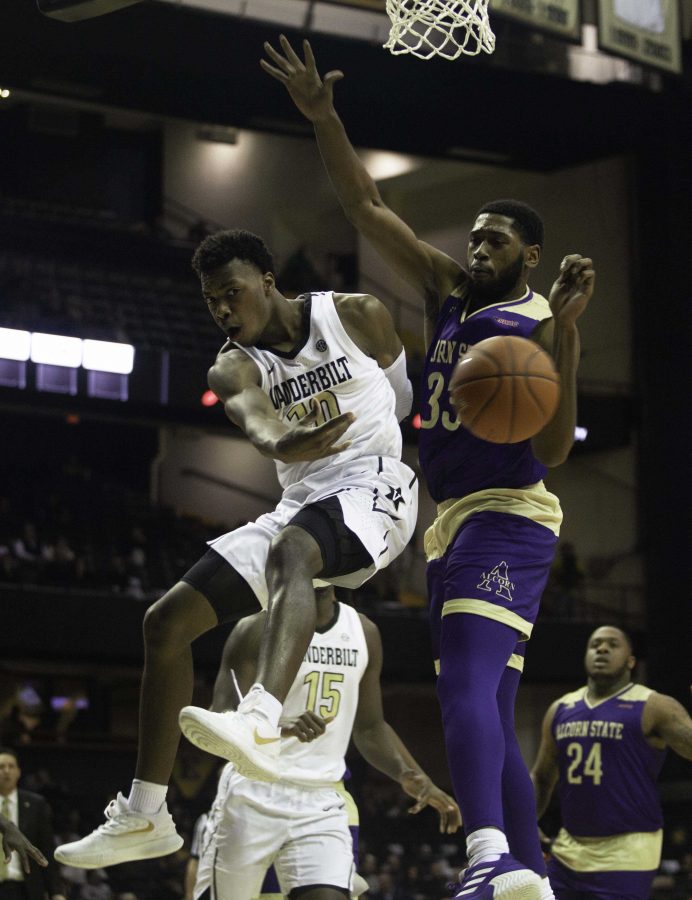
 DARIUS GARLAND IS A VANDERBILT COMMODORE
DARIUS GARLAND IS A VANDERBILT COMMODORE 
